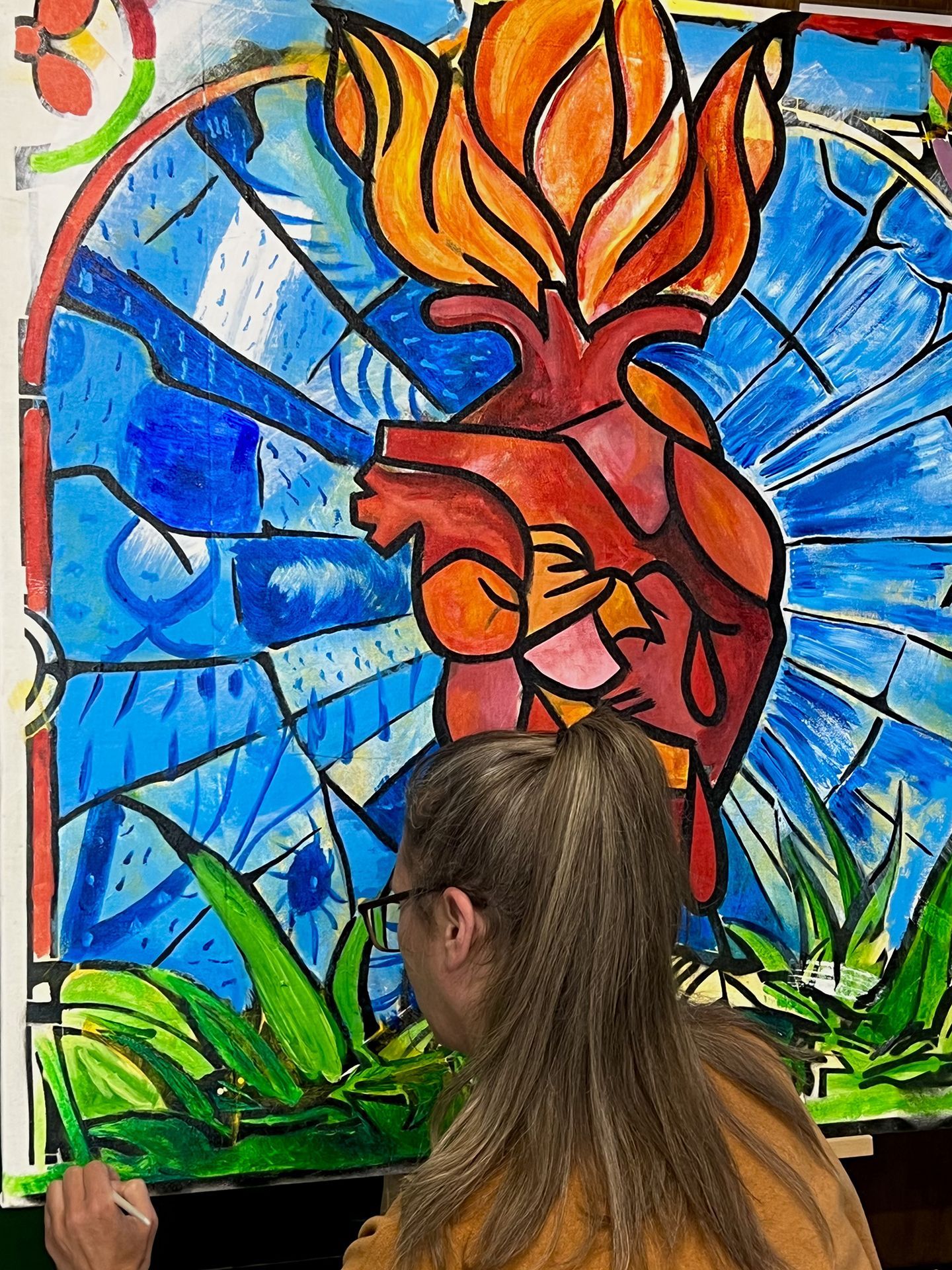Save Lives With Charity Fundraisers in Milwaukee, WI
Your Support: A Lifeline for Lasting Sobriety
Rehab is only the first step toward recovery. Without consistent aftercare and community support, relapse rates can reach as high as 40 to 60 percent. Many people leave treatment without the structure they need to stay sober, making it hard to maintain relationships, careers, and self-care.
At 4th Dimension Sobriety, we fill that gap. Our long-term sober living homes provide the stability, accountability, and connection that help recovery last. Here, residents do more than stay sober; they rebuild their lives surrounded by people who understand and care.
Your support makes this possible. Every contribution helps someone hold onto hope and build a future rooted in recovery.

Why 4th Dimension Sobriety Matters
While the drug and alcohol problems have a detrimental impact on the economy, 4th Dimension Sobriety has a positive impact on recovery and the employability of people in recovery.
Sober living houses are a research-proven and cost-effective intervention strategy that neighbors support. Sober living houses are recognized by the federal addictions agency SAMSHA as vital but too often missing in the continuum of care; published research indicates they are a successful intervention including.
o Significant improvements on measures of substance use, alcohol and drug problems, employment, psychiatric symptoms and arrests in an evaluation of 245 individuals over an 18-month time period. Those improvements were maintained at 18 months. Polcin, Korcha, Bond and Galloway 2010
o Similar 18-month outcomes were found for 55 persons living in sober living houses affiliated with a treatment program. That sample included a significant number – 35% - of people who were recently homeless. Polcin, Korcha, Bond & Galloway, 2010
o Neighbors and community stakeholder views support sober living houses, They are generally viewed as an asset and residents were generally viewed as good neighbors. Neighbors expressed appreciation that the houses mandated abstinence from substances and stressed the importance of the houses to practice a “good neighbor” policy toward others. Polcin, Henderson, Trocki, Evans, & Wittman 2012
The essence of the 4th Dimension is rooted in the 12 steps of recovery. Residents communally live, and work, with one another as they build a firm foundation for a life of happiness, peace, and usefulness. It offers supportive services such as holistic and clinical care as well as vocational and job support.
Many people cannot find a sober living community in Wisconsin or the financial support to pay for it.
The Center Street location has the capacity and the changed revenue structure will expand by 40% the number of people who can be served.
The meeting rooms and communal spaces allow for more holistic treatment programs to be provided in the same space. Services like yoga or 12-step programs have previously been offered off-site. Save lives by donating to our charity fundraisers in Milwaukee, WI.

Share On: